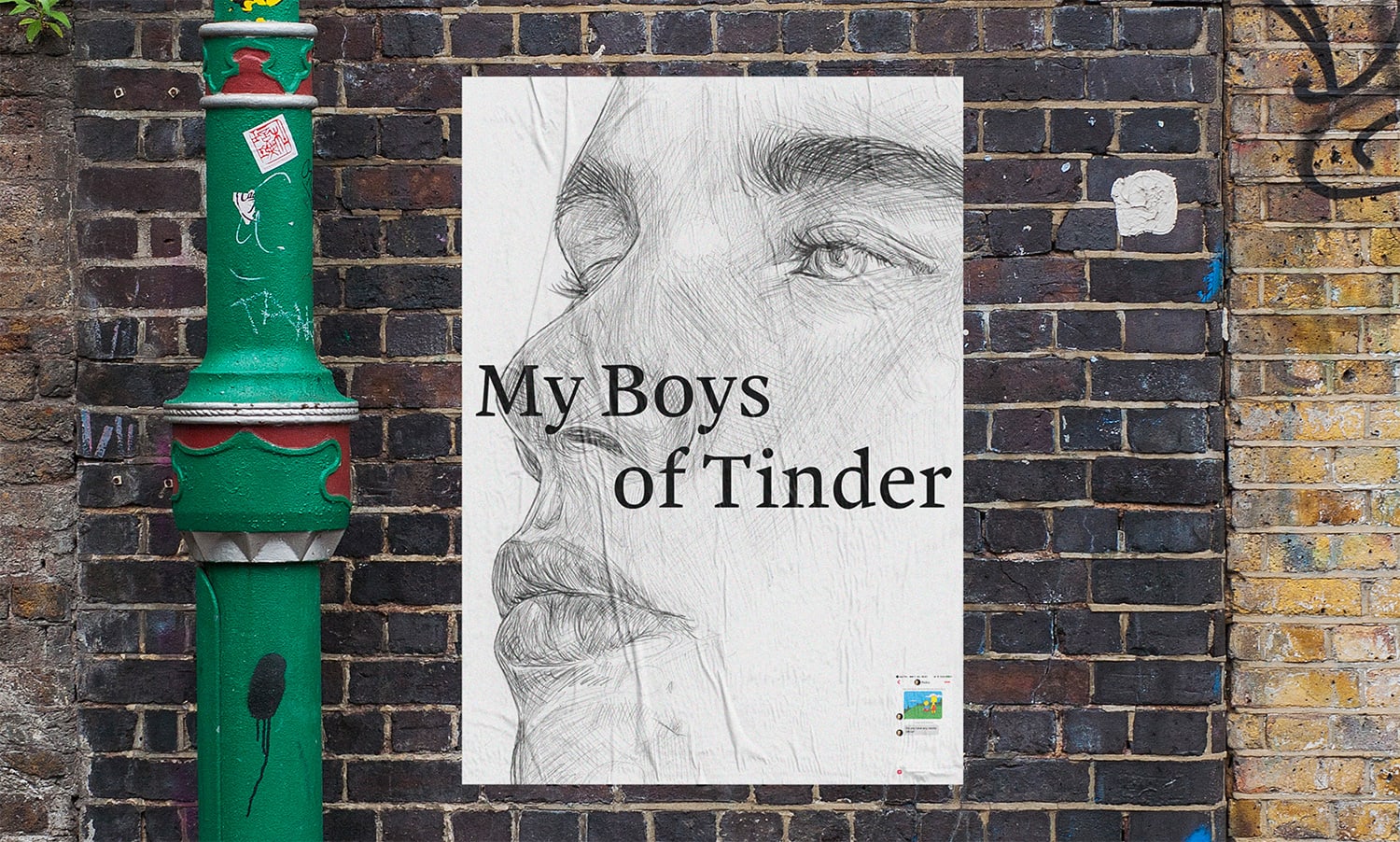Undergraduate
BA (Hons) Graphic Design Communication
College
Chelsea College of ArtsStart date
October 2022Course length
3 yearsUCAS code
W216
BA Graphic Design Communication at Chelsea College of Arts actively engages you in the creation and understanding of the rich visual culture that now surrounds us.
Student work
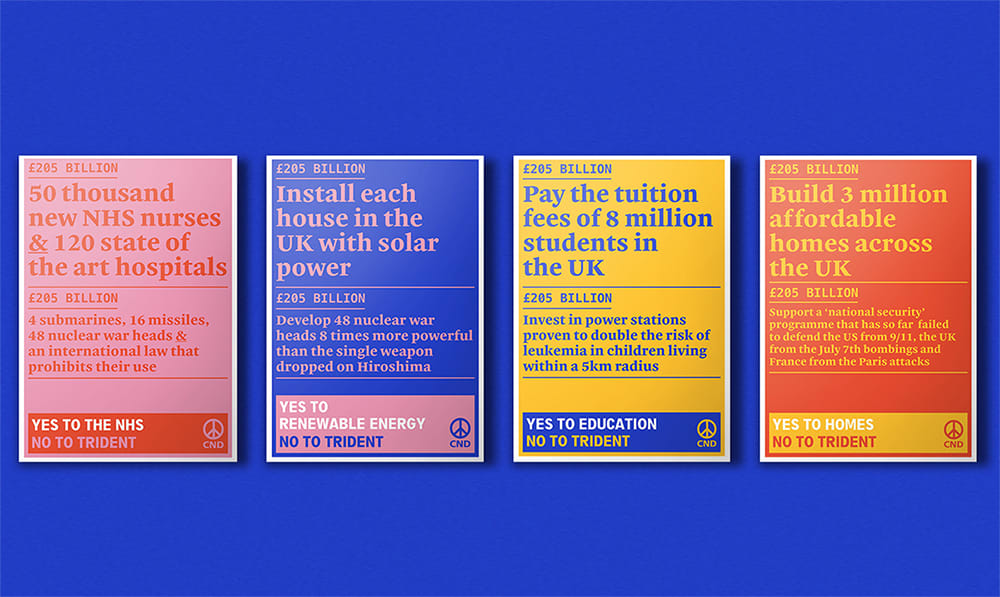
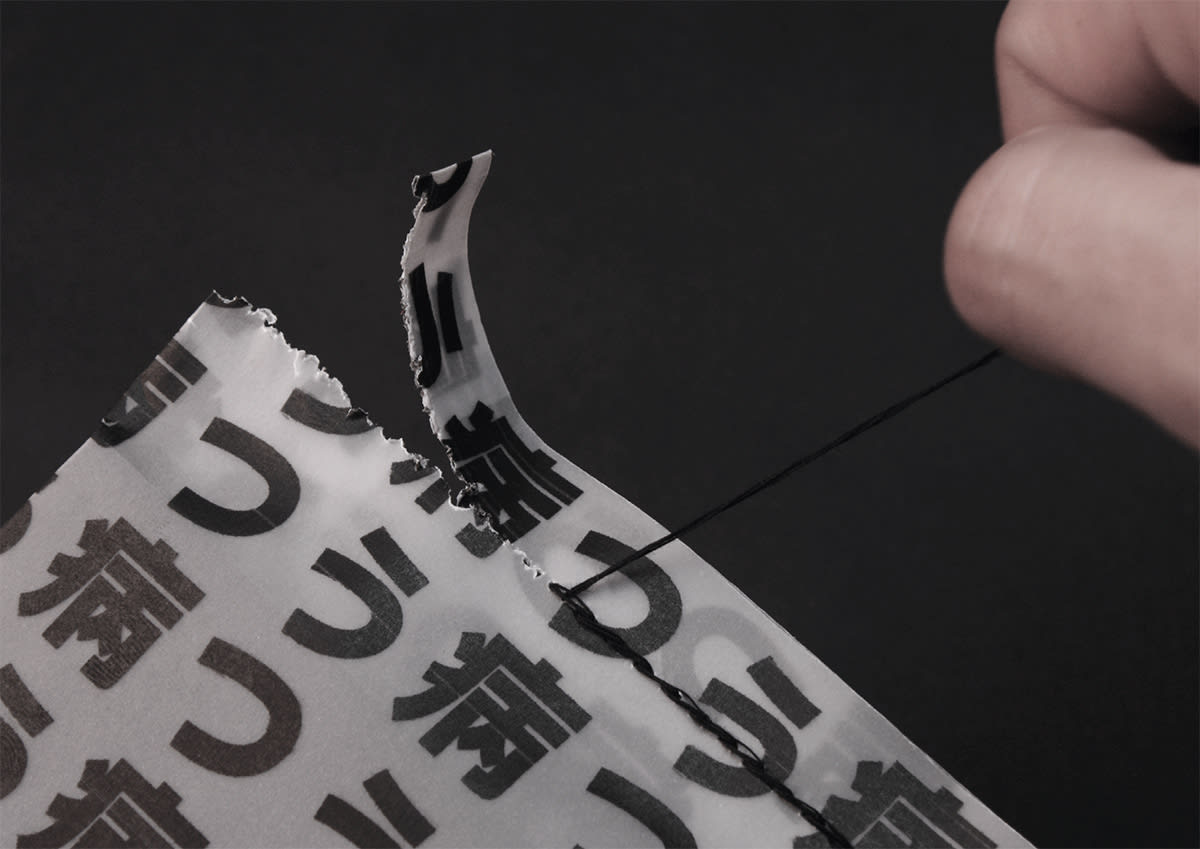
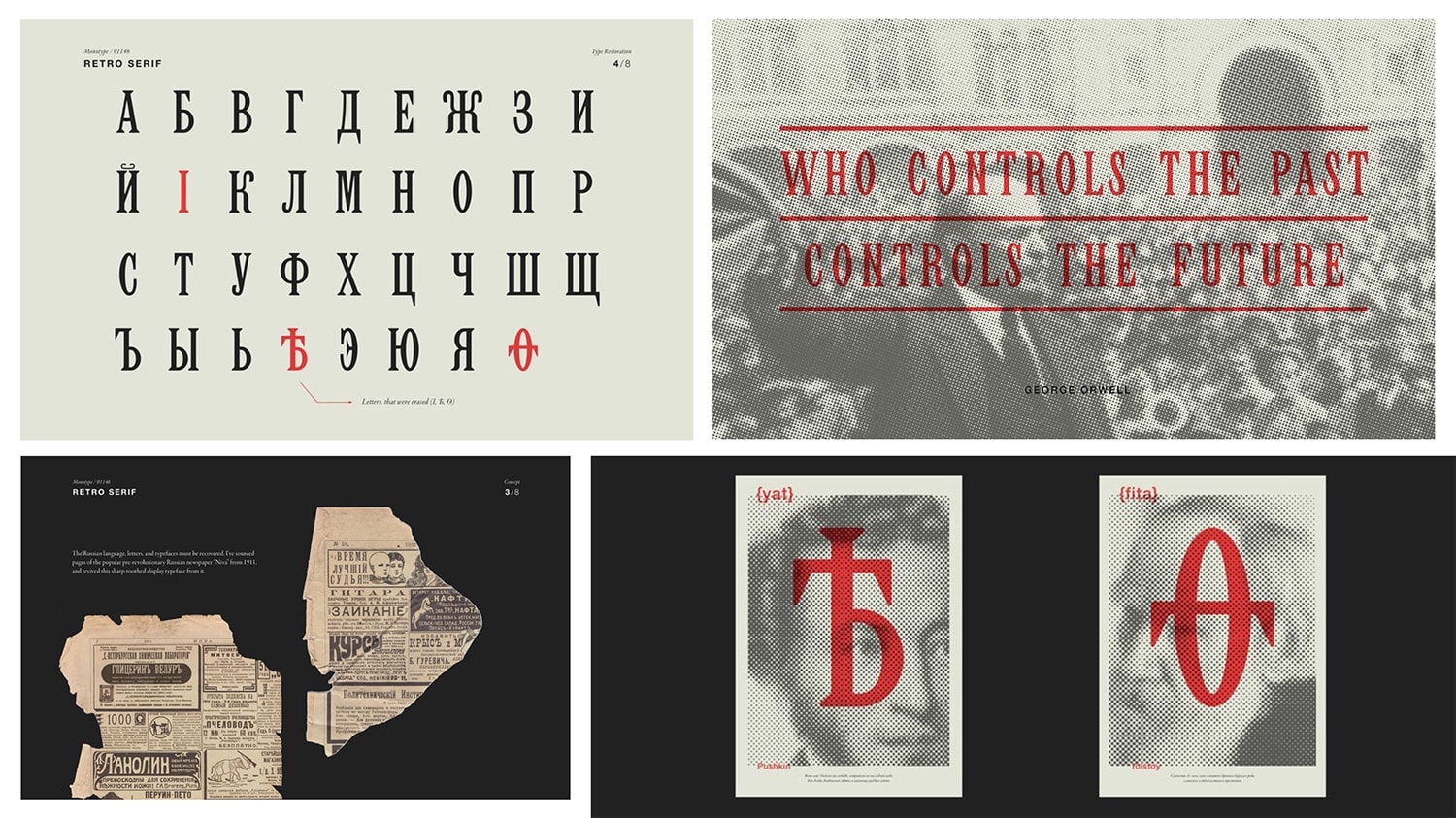
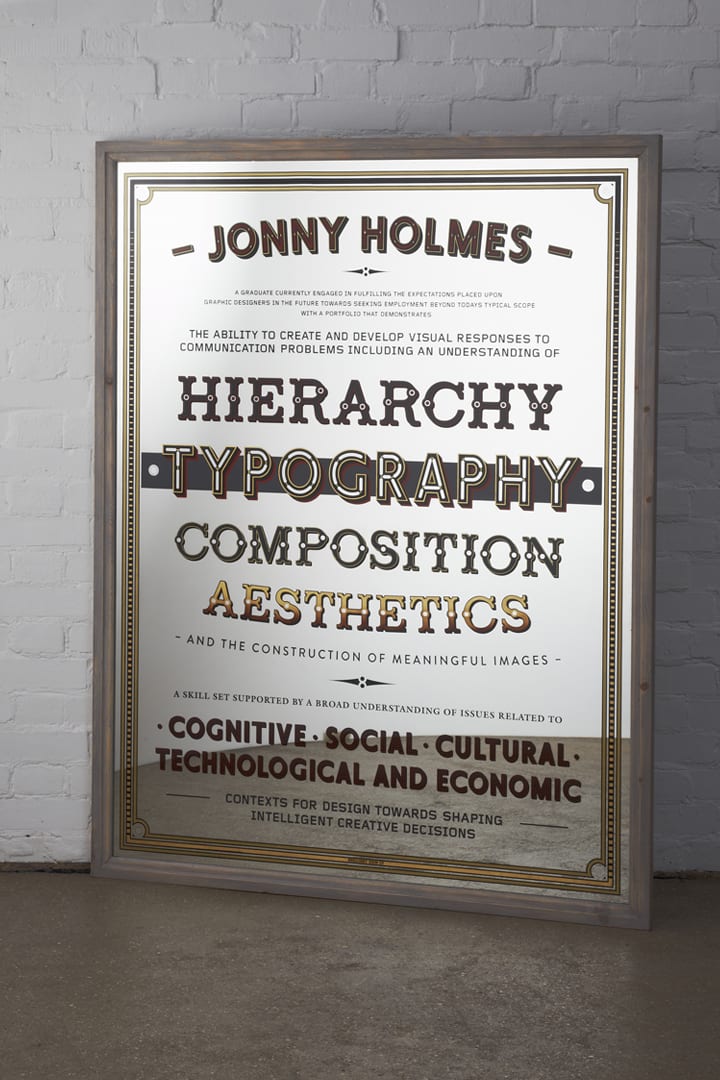
Molly Burdett
BA Graphic Design Communication Stories

BA Graphic Design Communication graduate Sean Chen on designing for the UAL hockey team
Sean shares his designs which aim to encourage new students to join the UAL team of which he’s been a member for the past 4 years.

BA Graphic Design Communication: Sustainable toys that you never outgrow
Conor Harmsworth discusses his innovative and critical design practice

BA Graphic Design Communication Senior Lecturer Nigel Bents tells us how mail art can turn your letterbox into a creative hub

The Chelsea alumna using her creative powers for good during the pandemic
BA Graphic Design Communication graduate Jacqueline Colley talks about her practice and her Covid-19-related projects. See all stories
Course overview
This course aims to help you develop a practical and conceptual set of creative tools, while introducing you to the community and practice of graphic design communication. It places a strong emphasis on live projects in collaboration with the creative industries. You will develop your digital and technical skills as well as defining your own practice.
What to expect
- To be able to create outcomes using lens-based media, or build immersive experiences and make 3D work, in addition to learning the traditional crafts of type and layout
- To explore moving image, motion graphics, documentary, experimental and fashion film
- To understand both the creative and cultural world that surrounds you and creatively contribute to forming their future
- To be supported to create an outwardly facing practice and build a network and bridge into the professional design world
- Through our established network of industry influencers, alumni designers and associate lecturers gain additional knowledge and understanding. This will be done by using live projects designed to open your creative potential and develop your skillset
- To develop your confidence and grow your skills in an environment where you will have the freedom to take creative risks and learn
- To have access to Chelsea’s shared workshops. These include ceramics, casting, laser cutting, photography, audio-visual editing suite, metal and woodwork. View the Chelsea facilities
Work experience and opportunities
The course has strong links with the creative industries. Our BA Graphic Design Communication students gain commercial experience through exclusive commissions, award schemes and live projects. Many of these lead to job offers upon graduating.
Mode of study
BA Graphic Design Communication is offered in full-time mode. It is divided into 3 stages over 3 academic years. Each stage consists of 30 teaching weeks. You will be expected to commit an average of 40 hours per week to your course, including teaching hours and independent study.
Contact us
For queries relating to the Coronavirus outbreak, read our Coronavirus guidance for prospective students.
To register your interest and receive information and updates about studying at UAL, please complete this form.
If you can’t find the information you’re looking for or to ask a question, please contact us.
Course units
Year 1
Unit 1 – An introduction to Graphic Design Communication
This unit is an introduction to your course, the college and the university.
Unit 2 – Designers toolset
The aim of this unit is to define what a designer’s toolset can be beyond technical skills and approaches to media. You will become aware of a set of creative attributes for you to position and apply to your thinking and making in answering the designer’s brief.
- Introduction to graphic design practices and process
- Theory and its relationship to practice
- Set project briefs will introduce different approaches to play and thinking through making
- Lectures, workshops, seminars and exhibition visits will broaden your knowledge and inspire and inform your creative practice
- Technical inductions to analogue and digital technologies
- Role of an online journal and reflective practice
Unit 3 – Designers voice
How to develop your own voice and begin to express it. This unit focusses on you as a designer, your skills and your choices.
- Explaining and communicating information through sequencing and narratives
- Using graphic design communication to explore context
- Exercises and application of academic thinking and writing models
- Further development of skills through technical workshops
Unit 4 – Designers choice
Introduction to professional practice and the range of models for communication.
- Set projects will explore an opportunity to craft, refine and test a deeper engagement with briefs and outcomes
- Insights into studio practice and studio culture
- The role of social media and networks
- Technical workshops
- Applying academic thinking to writing
Year 2
Unit 5 – Professional practice
Enables you to investigate and engage with contemporary professional practice. You will grow your skills in collaboration, group-working and collective practice.
- Introduction to contemporary studio practice and culture
- Being challenged to make creative responses to fulfil the needs of a professional brief
- How to work within creative, time and material constraints
- Different audiences and their needs
- Interaction with, and presentation to, clients and external agencies
- Developing an understanding of the professional brief and how to break it down
- Understanding the range of roles and areas of professional practice
- Further technical workshops
- Awareness of mediums and media
- Understanding methodology
- Presentation and debating skills
Unit 6 – Collaborative and collective practices
This unit aims to introduce you to different ways in which collaborative practice can focus and enhance your own creative strengths. The unit has 3 core purposes:
- To engage with fellow students with different practices and interests in a collaborative project
- To engage with external audiences, participants or institutions to consider new contexts for your work
- To develop your creative attributes to enable you to take on future challenges in a variety of contexts
Unit 7 – Experimental practice
This unit encourages you to further develop your visual literacy skills and knowledge. It will expose you to a wide range of material culture and its use in design and society. It will give you an understanding of the function of the designer as both an encoder and decoder of meanings. It will help you to develop the critical skills needed to operate as a flexible practitioner in our fast-changing world.
- A deeper understanding of what the term ‘research’ can be
- Understanding the qualities of physical and digital craft and how to achieve them
- Selecting, testing and refining material choices
- Semiotics and the construction and deconstruction of meaning
- Experimental methods and practices – making creative and conceptual experiments
- Selecting appropriate media for differing audience needs
- Recording and mapping experiments
- Understanding the role of objects in our society
Unit 8 – Building a personal practice
During this unit you will be exploring personal approaches to design.
- Mapping your interests, skills and strengths
- Defining your practice and tools
- Understanding and developing critical arguments
- Writing as practice
- The creative role of problems in design and how to find them
- Understanding emerging practices and the contemporary role of the designer in society
- Devising a brief from your personal research
- Creating audience-relevant outcomes
Year 3
Unit 9 – Enquiry and reaction
This unit consists of a major critical project based around a contemporary argument relevant to the themes of your developing practice and a ‘live’ project challenge, devised with an aspect of the design community outside the studio context.
- Preparation development workshops for your self-proposed project
- Project planning support and seminars for your major critical project
- Interaction with, and presentation to, clients and/or external agencies
- Research tasks to introduce a range of methodologies
- Introduction to building a network
- Now and next – how to anticipate the needs of a changing society
- Building messages as narrative – support for the outcomes of the major critical project
- Written work
Unit 10 – Expressing your practice
This unit consists of a major practice project based around the themes of your developing practice and entry to a national design award.
- Practice-based activities including participation in an international competition and development of your self-proposed project.
- Development activities for the self-proposed project
- Guidance on network building and approaching industry or further education.
- Exhibition design primer and approaching outward facing practice.
- Mapping your graduate skills and strengths using the UAL Creative Attributes Framework
Optional Diploma between year 2 and 3
Between year 2 and 3 you can opt to undertake the Diploma in Professional Studies or the UAL Diploma in Creative Computing. Whilst these Diplomas are an optional aspect of the course, they are designed as an integrated and assessed part of your journey through the course.
Programme specification
Download course specification (PDF File 589.2 KB)
Course dates
Autumn term
Monday 26 September – Friday 9 December 2022
Spring term
Monday 9 January – Friday 17 March 2023
Summer term
Monday 17 April – Friday 23 June 2023
Learning and teaching methods
- Academic, production, presentation skills and technical workshops
- Analogue and digital demonstrations
- Exhibition, studio and other visits and trips
- Focused research
- Group and individual crits, tutorials and feedback
- Group work
- Lectures and seminars
- Live projects
- Online learning
- Portfolio surgeries
- Presentations to clients and peers
- Project briefings
- Research methods and analysis exercises
- Self-directed learning
- Simulated work-based learning
- Studio group teaching
- Team projects
- Technical orientations, demonstrations and inductions to workshops
Assessment methods
- Essays, reports and final dissertation
- Peer assessment, seminars and project blogs
- Presentations
- Self-initiated project and individual portfolio submissions
- Student self-evaluations
- Tutorials and mid-year reviews
Staff
- Dr Danah Abdulla – Graphic Design Programme Director
- Dimitris Bizioglis – Course Leader
- David Barnett – Senior Lecturer
- Peter Chadwick – Senior Lecturer
- Kieron Dennis – Senior Lecturer
- Laura Knight – Senior Lecturer
- Dr Sakis Kyratzis – Lecturer
- Paula Nessick – Lecturer
- Eva Sajovic – Lecturer
- Dr Ege Sezen – Lecturer
Technical staff
- Genevieve Edelmann
- James Edgar
- Eddie Niles
- Richard Smith
How to apply
Opportunities for all
We are committed to making university education an achievable option for a wider range of people and to supporting all of our students in achieving their potential both during and after their courses.
We welcome applications from people with disabilities. If you have a disability (e.g. mobility difficulties, sensory impairments, medical or mental health conditions or Asperger’s syndrome) we strongly encourage you to contact us on disability@arts.ac.uk or +44 (0)20 7514 6156 so that we can plan the right support for you. All enquiries are treated confidentially. To find out more, visit our Disability & Dyslexia webpages.
Entry requirements
The standard minimum entry requirements for this course are one or a combination of the following qualifications:
- Pass at Foundation Diploma in Art and Design (Level 3 or 4)
- 2 A Levels at grade C or above
- Merit, Pass, Pass (MPP) at BTEC Extended Diploma
- Pass at UAL Extended Diploma
- Access to Higher Education Diploma
- Or equivalent EU/International qualifications, such as International Baccalaureate Diploma at 24 points minimum
- And 3 GCSE passes at grade 4 or above (grade A*-C)
Entry to this course will also be determined by the quality of your application, looking primarily at your portfolio of work, personal statement and reference.
APEL – Accreditation of Prior (Experiential) Learning
Applicants who do not meet these course entry requirements may still be considered in exceptional cases. The course team will consider each application that demonstrates additional strengths and alternative evidence. This might, for example, be demonstrated by:
- Related academic or work experience
- The quality of the personal statement
- A strong academic or other professional reference
- A combination of these factors
Each application will be considered on its own merit but we cannot guarantee an offer in each case.
English language requirements
All classes are taught in English. If English isn’t your first language you must provide evidence at enrolment of the following:
- IELTS level 6.0 or above, with at least 5.5 in reading, writing, listening and speaking (please check our English language requirements)
Selection criteria
We look for:
- Evidence of a critical engagement with visual communication concepts and products
- An aptitude for developing communication ideas based on extensive research
- Applicants that can communicate an enthusiasm for the subject
UAL Language Development
We offer English Language Development for Overseas students. See how we can help you with your studies.Learn More
Portfolio advice
Portfolios should show the following:
- A concise portfolio that shows a selective approach
- Use of words, type and image, in a variety of media and formats including still and moving image
- Evidence of an understanding of the broad range of the subject
- Self-initiated as well as project or course work
- Evidence of research and development of ideas
- Clear documentation of large work
- Evidence of recent written work
Please remember:
- The quality of the work is more important than the quantity
- To organise your work by project, with supporting work presented alongside final outcomes
Making your application
Apply
You must apply through UCAS, where you’ll need the following information:
- University code – U65
- UCAS course code – W216
Application deadline
We recommend you apply by 26 January 2022 at 18:00 (UK time) for equal consideration.
However, this course will consider applications after that date, subject to places being available.
What happens next
Communicating with you
After you’ve submitted your application, you’ll receive a confirmation email providing you with your login details for the UAL Portal. We’ll use this portal to contact you to request any additional information, including inviting you to upload documents or book an interview, so please check it regularly.
Please add ccw.ukeu@arts.ac.uk to your contacts to ensure that you do not miss any important updates about your application to UAL.
Initial application check and selection
We check your application to see if you meet the standard entry requirements for the course. If you do, you will be invited to submit a digital portfolio through UAL’s online portfolio review system. These will be reviewed by the academic team. We aim for all on time application reviews to take place by end of February 2022.
Following the review of the digital portfolio, we select a small number of applicants to move on to the next stage of the process. These applicants will be invited to attend an online interview. For the on time selected applicants, we aim for the interviews to take place during February-March 2022.
How we notify you of the outcome of your application
You will receive the final outcome of your application through UCAS track.
Applicants for this course may be given an alternative offer. This decision will be based on our assessment of your creative and potential interests.
Feedback requests:
This course receives a high number of applications. Unfortunately, we can’t provide feedback to everyone who is unsuccessful. We can only provide feedback after you’ve had an interview. We are only able to provide feedback to you directly, or to someone you have told us in writing can receive it on your behalf. If you would like to request feedback please email ccw.ukeu@arts.ac.uk.
Deferring your place
This course accepts requests from offer holders to defer their place for one academic year. Deferral requests are granted on a first-come, first served basis until all deferral places are filled, or a deadline has been reached, whichever is sooner. Read our Admissions Policy for details, including how to request a deferral and by when.
Transfers
If you are currently studying somewhere else on a course in an equivalent subject area and would like to transfer to this course, you can transfer to:
- Year 2, if you’ve completed 120 credits in Year 1
- Year 3, if you’ve completely 240 credits in Years 1 and 2
Apply via UCAS and choose Year 2 or 3 for your POE (Point of Entry)
Please check our Student Transfer Policy for more important information and be ready to provide us with your current course handbook and Year 1/Year 2 unit transcripts.
Fees and funding
Home fee
£9,250 per year
This fee is correct for 2021/22 entry and is subject to change for 2022/23 entry. Tuition fees may increase in future years for new and continuing students.
Home fees are currently charged to UK resident nationals. However, the rules are complex. Find out more about our tuition fees.
From 2021/22 entry, most EU students will be charged the International tuition fee rate, depending on your individual circumstances. If you started your course in October 2020 or earlier, you’ll continue to pay Home (UK) fees for the duration of your course. Read more advice for EU students.
International fee
£22,920 per year
This fee is correct for 2021/22 entry and is subject to change for 2022/23 entry. Tuition fees for international students may increase by up to 5% in each future year of your course.
Students from countries outside of the UK are currently charged international fees. The rules are complex so read more about our tuition fees.
From 2021/22 entry, most EU students will be charged the International tuition fee rate, depending on your individual circumstances. If you started your course in October 2020 or earlier, you’ll continue to pay Home (UK) fees for the duration of your course. Read more advice for EU students.
Additional costs
You may need to cover additional costs which are not included in your tuition fees. These could include travel expenses and the costs of material. Find out more about additional costs.
Accommodation
Find out about accommodation options and how much they will cost.
Scholarships, bursaries and awards
Find out more about bursaries, loans and scholarships.
How to pay
Find out how you can pay your tuition fees.
